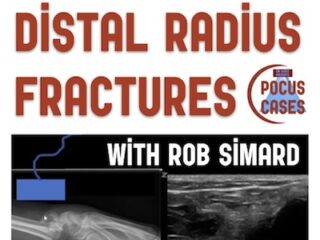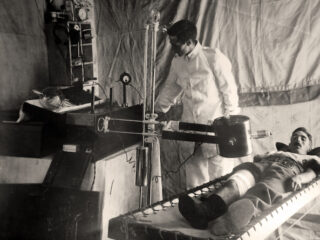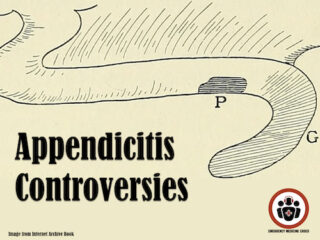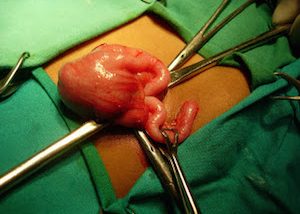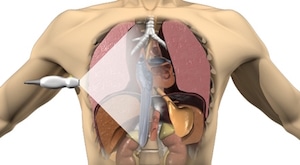POCUS Cases 4 – Distal Radius Fracture Diagnosis and Reduction
In this month's POCUS Cases Dr. Rob Simard explains the role of POCUS in distal radius fracture diagnosis and reduction, how to troubleshoot finding the echogenic line that represents the shaft of the radius, and the limitations of using POCUS for distal radius fractures...

